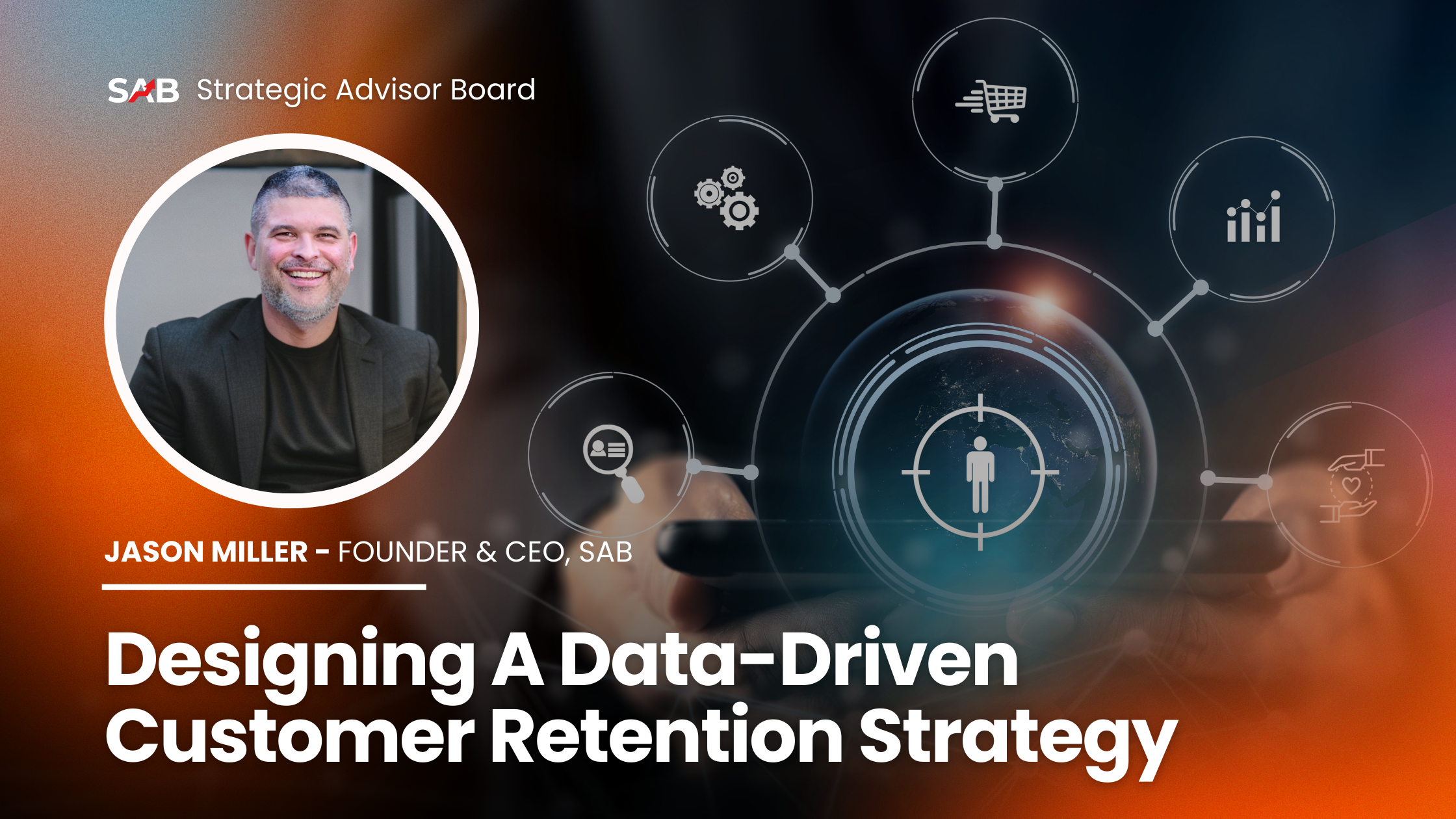
In the ever-evolving business landscape, customer retention stands as a pivotal marker of success. A data-driven customer retention strategy not only helps in understanding customer behaviors but also enhances their experiences, fostering loyalty that drives long-term profitability. This post will guide you through the steps to design a robust retention strategy using the power of data analytics.
The foundation of any data-driven strategy is the collection and analysis of customer data. Start by gathering as much information as possible through various channels like sales transactions, customer surveys, social media interactions, and website analytics. This data should cover a range of metrics, including purchase history, customer service interactions, product usage patterns, and feedback scores.
Once you have a comprehensive data set, the next step is segmentation. Divide your customers into distinct groups based on common characteristics such as demographics, purchasing behaviors, and engagement levels. This segmentation allows for more targeted and personalized marketing efforts. For instance, customers who frequently purchase certain products might appreciate offers related to those items, while those with decreasing engagement might be enticed back with personalized re-engagement campaigns.
Leveraging predictive analytics can transform your retention strategy from reactive to proactive. Use historical data to identify patterns and predict future behaviors, such as which customers are at risk of churning. Implementing machine learning models can help in predicting churn with high accuracy, allowing you to intervene with targeted retention initiatives before a customer decides to leave.
With a clear understanding of different customer segments and potential churn risks, tailor your communications and offers to meet the specific needs and preferences of each group. For example, send loyalty program offers to high-value customers who show signs of reduced engagement, or provide personalized product recommendations based on past purchases. The goal is to make every customer feel valued and understood, significantly enhancing their experience and loyalty.
Customer feedback is a goldmine for improving retention strategies. Regularly solicit feedback through surveys, social media, and direct communication to understand the customer experience and identify areas for improvement. Analyzing this feedback with sentiment analysis tools can provide deeper insights into customer satisfaction and pain points.
In today's digital age, engaging with customers through online platforms is essential. Utilize email campaigns, social media, and your company’s website to maintain regular contact and provide valuable content. For instance, educational content about product usage, customer stories, or tips relevant to your industry can keep your brand top-of-mind. Ensure that all digital interactions are consistent with your brand’s voice and customer service standards.
A well-structured loyalty program can significantly enhance customer retention. Design a program that rewards repeated purchases, referrals, and engagement with your brand. Rewards could range from discounts and exclusive offers to early access to new products or special membership benefits. Make sure the rewards are attractive enough to encourage continued loyalty and align them with customer preferences identified through your data analysis.
Finally, it is crucial to continuously measure the effectiveness of your retention strategies. Define key performance indicators (KPIs) such as customer lifetime value (CLV), retention rate, and churn rate. Use these metrics to track the success of different initiatives and make data-informed decisions to refine your approaches. Regularly updating your strategy based on these insights will keep it aligned with changing customer behaviors and market conditions.
Embracing technology is key to optimizing your customer retention strategy. Tools such as CRM systems, automated marketing platforms, and advanced analytics software enable businesses to efficiently manage and analyze customer data. These technologies facilitate personalized communication at scale, ensuring that each customer receives relevant and timely messages. By automating routine tasks, your team can focus on creating more meaningful customer interactions and innovations in service delivery. Integrating technology not only streamlines the retention process but also significantly improves the accuracy and impact of your customer engagement efforts, driving higher satisfaction and loyalty.
A data-driven customer retention strategy requires a deep dive into customer data, insightful analysis, and continuous adaptation to emerging patterns. By understanding and anticipating customer needs, personalizing interactions, and rewarding loyalty, your business can enhance customer satisfaction and loyalty, ultimately leading to increased retention and profitability. Embrace the power of data to not just meet but exceed customer expectations, ensuring your brand remains competitive and revered in the marketplace.
Are you interested in growing your business with little or no work on your part? Check out our 1-Day Power Intensive to see if it’s right for you!
This article was brought to you by: Jason Miller, AKA Jason "The Bull" Miller, Founder/CEO and Senior Global Managing Partner of the Strategic Advisor Board - What has your business done for YOU today?